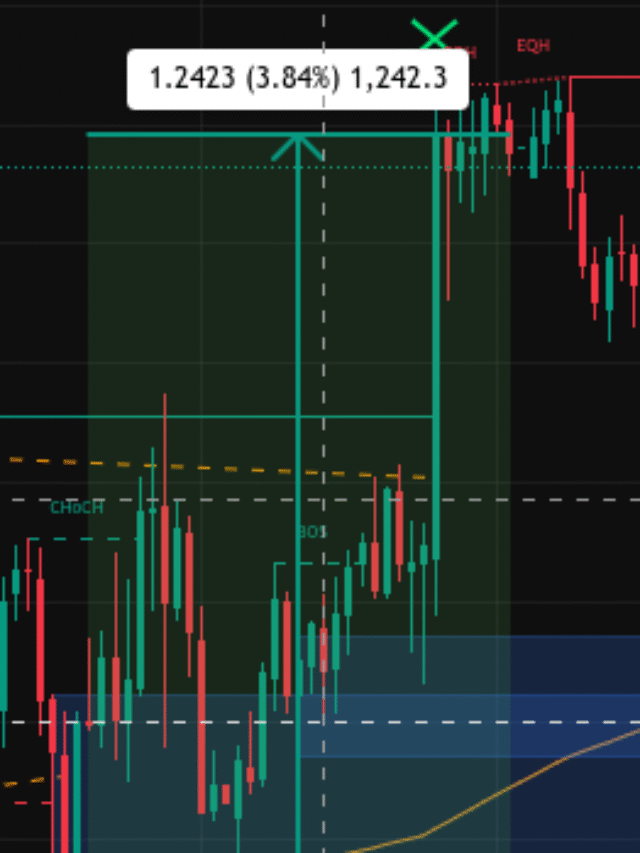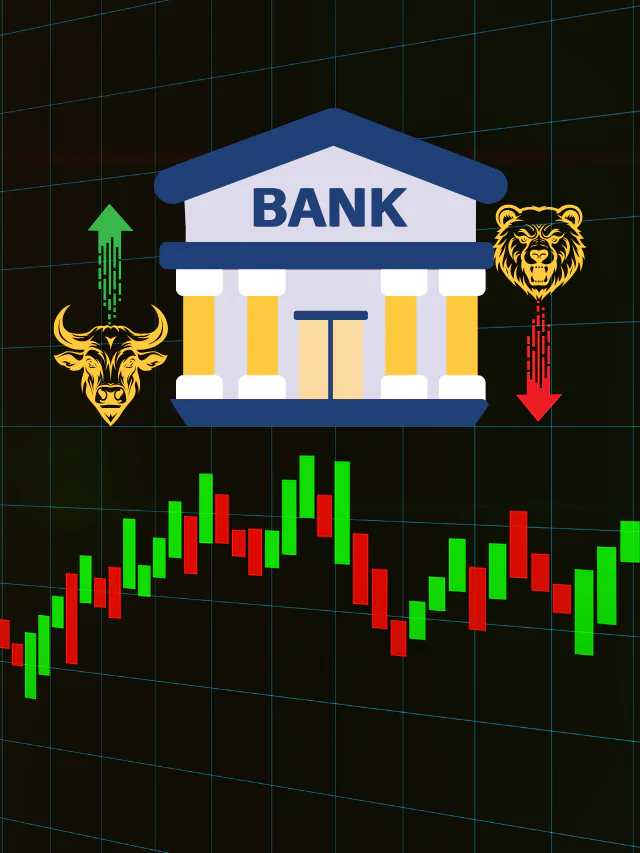
In the world of stock market trading, mastering the use of technical indicators is essential for consistent success. Among the most effective tools are Volume and the Relative Strength Index (RSI). While Volume confirms the strength behind a price move, RSI helps identify overbought or oversold conditions, offering critical insights into price momentum. By combining these two indicators, traders can build strategies that improve trade accuracy and profitability. This article explores how to analyze Volume and leverage RSI for professional-grade trading decisions, complete with mathematical calculations and actionable strategies.
Volume in Stock Market Trading
Volume represents the total number of shares or contracts traded in a security or market during a given time period. It is one of the most reliable indicators of market activity. Volume confirms the legitimacy of a price move—large price moves with corresponding high volume signal strength, while small moves with low volume often indicate weak trends.
Volume Analysis Basics
- Volume Surge: A sudden increase in volume often signals a shift in trend or the start of a new trend.
- Decreasing Volume: Lower volume during price movements suggests that the trend may be weakening or nearing exhaustion.
Mathematical Calculation for Volume: Volume itself doesn’t have a direct formula, but it can be used in conjunction with price action analysis. A common method to assess volume strength is the On-Balance Volume (OBV) indicator, which is calculated as follows:
OBV = OBV (previous) + Volume (if price increases)
OBV = OBV (previous) – Volume (if price decreases)
Where:
- OBV_previous is the previous day’s OBV value.
- Volume is the total volume of shares traded.
A rising OBV indicates accumulation (more buyers), while a declining OBV suggests distribution (more sellers).
RSI (Relative Strength Index)
RSI is a momentum oscillator that measures the speed and change of price movements. It oscillates between 0 and 100, providing an indication of whether a stock is overbought or oversold, making it invaluable for traders.
RSI Formula:
The RSI is calculated using the following formula:
RSI = 100 – {100/(1+RS)}
Where:
- RS (Relative Strength) is the ratio of the average gain to the average loss over a specified period.
RS is calculated as:
RS = (Average Gain/Average Loss)
Steps to Calculate RSI:
- Calculate the Daily Price Changes (Gain or Loss).
- Calculate the Average Gain and Average Loss over a defined period (typically 14 days).
- Calculate the RS by dividing the Average Gain by the Average Loss.
- Calculate RSI using the RSI formula.
RSI and Its Key Levels:
- RSI > 70: Overbought condition, suggesting that the asset may be due for a pullback or reversal.
- RSI < 30: Oversold condition, indicating a potential reversal to the upside.
Volume and RSI: A Powerful Combination for Trading
How Volume and RSI Work Together: When used in combination, Volume and RSI can provide highly accurate trading signals. Here’s how to use them in harmony:
1. Confirming Trends with Volume and RSI
- Bullish Signal: If the price rises and RSI moves above 30 (coming out of oversold), accompanied by increasing volume, it signals the strength of the upward trend. This confirms the price movement as likely to continue.
- Bearish Signal: If the price falls and RSI drops below 70 (coming out of overbought), with volume increasing, it confirms the downward trend is likely to continue.
2. Volume Divergence with RSI
- Bullish Divergence: When the price makes a lower low, but RSI makes a higher low, combined with rising volume, this indicates that the selling pressure is weakening, and a reversal to the upside is likely.
- Bearish Divergence: When the price makes a higher high, but RSI makes a lower high, accompanied by decreasing volume, this signals that the buying pressure is weakening, and a reversal to the downside is likely.
Volume and RSI Trade Strategy: Step-by-Step Guide
Let’s now go through a structured, step-by-step strategy combining Volume and RSI:
Step 1: Identify Market Conditions Using RSI and Volume
Before placing any trades, identify whether the market conditions are favorable for a bullish or bearish position.
- Look for RSI Crossing Key Thresholds:
- If RSI crosses above 30 and starts moving towards 50, it indicates a potential upward movement.
- If RSI crosses below 70, moving towards 50, it could be signaling a downward movement.
- If RSI crosses above 30 and starts moving towards 50, it indicates a potential upward movement.
- Look for Volume Confirmation:
- If RSI is moving upward and volume is increasing, this confirms a strong trend.
- If RSI is moving downward and volume is increasing, it supports the likelihood of a strong downtrend.
- If RSI is moving upward and volume is increasing, this confirms a strong trend.
Step 2: Calculate Entry Points Based on RSI and Volume
Bullish Entry Point (Long Position):
- RSI crosses above 30 after being in oversold conditions (below 30).
- Volume should increase significantly from the average volume of previous days, confirming that buyers are taking control.
- Example Calculation:
- Assume the stock is trading at $100.
- RSI crosses above 30, and volume surges to 1.5 million shares (previous average: 1 million).
- Enter a buy position at $100, expecting the price to move upward.
- Assume the stock is trading at $100.
Bearish Entry Point (Short Position):
- RSI crosses below 70 after being in overbought conditions (above 70).
- Volume should increase or decrease dramatically, confirming the selling trend.
- Example Calculation:
- Assume the stock is trading at $120.
- RSI drops below 70, and volume surges to 2 million shares (previous average: 1.5 million).
- Enter a short position at $120, anticipating a decline in price.
- Assume the stock is trading at $120.
Step 3: Set Stop-Loss and Take-Profit Levels
- Stop-Loss:
- Place the stop-loss just below the recent swing low (for long positions) or above the recent swing high (for short positions).
- Example: If you enter a long position at $100, and the recent low is $98, place the stop-loss at $98 (a 2% loss).
- Place the stop-loss just below the recent swing low (for long positions) or above the recent swing high (for short positions).
- Take-Profit:
- Set a take-profit at the level where you expect the trend to reverse or lose strength.
- Example: If you enter at $100 and RSI is approaching overbought conditions (RSI > 70), consider taking profits at around $115, especially if volume starts to decrease.
- Set a take-profit at the level where you expect the trend to reverse or lose strength.
Step 4: Exit Strategy
You should always have an exit plan in place to lock in profits or cut losses. Key exit conditions using RSI and Volume include:
- RSI Reaches Overbought/Oversold Levels: When RSI reaches above 70 or below 30, it may signal the end of the trend. Monitor volume to see if the trend is weakening.
- Volume Decreases: A declining volume at the peak or trough of the trend indicates a possible reversal, making it an ideal time to exit.
Example Trade Using RSI and Volume
Let’s put this all together with an example:
- Stock: XYZ Corp
- Current Price: $50
- RSI: 28 (indicating oversold conditions)
- Volume: Current volume = 3 million shares (previous average = 2 million)
- Signal: RSI crosses above 30, and volume surges to 4 million shares, confirming strong buyer interest.
- Action: Enter a long position at $50.
- Stop-Loss: Place a stop-loss at $48 (below the recent swing low).
- Take-Profit: Set a take-profit at $60, as RSI approaches 70 and volume starts to decrease.
Conclusion
To trade like a pro, you need to incorporate both Volume and RSI into your strategy. RSI will help you identify the strength of price momentum and spot overbought or oversold conditions, while Volume will validate the strength of the trends. By using the combination of RSI’s momentum signals and Volume’s confirmation of trend strength, traders can identify high-probability entry and exit points.
The key to success is patience and consistency. By following the strategies outlined in this article, you’ll be better equipped to read the market, identify profitable opportunities, and trade with precision.









